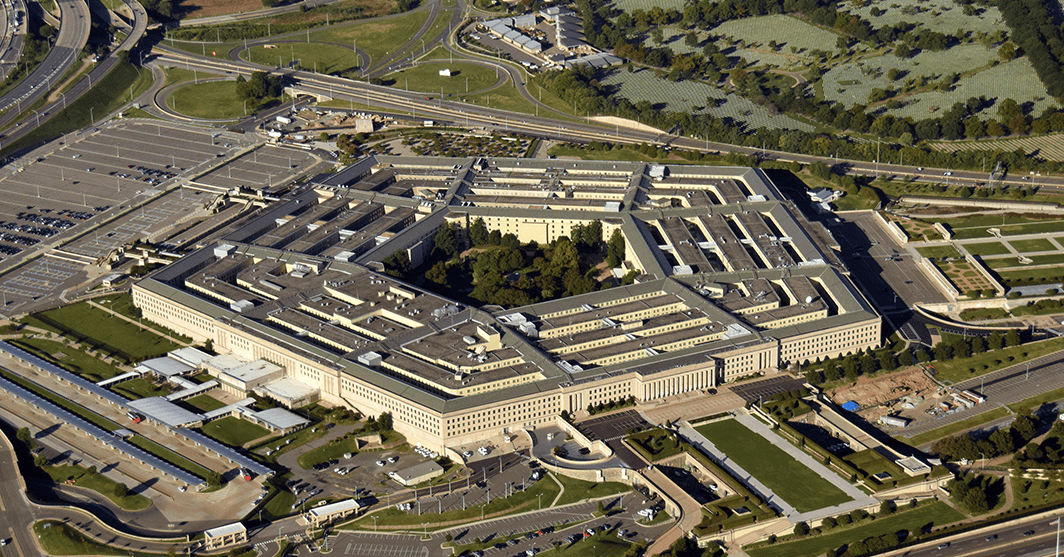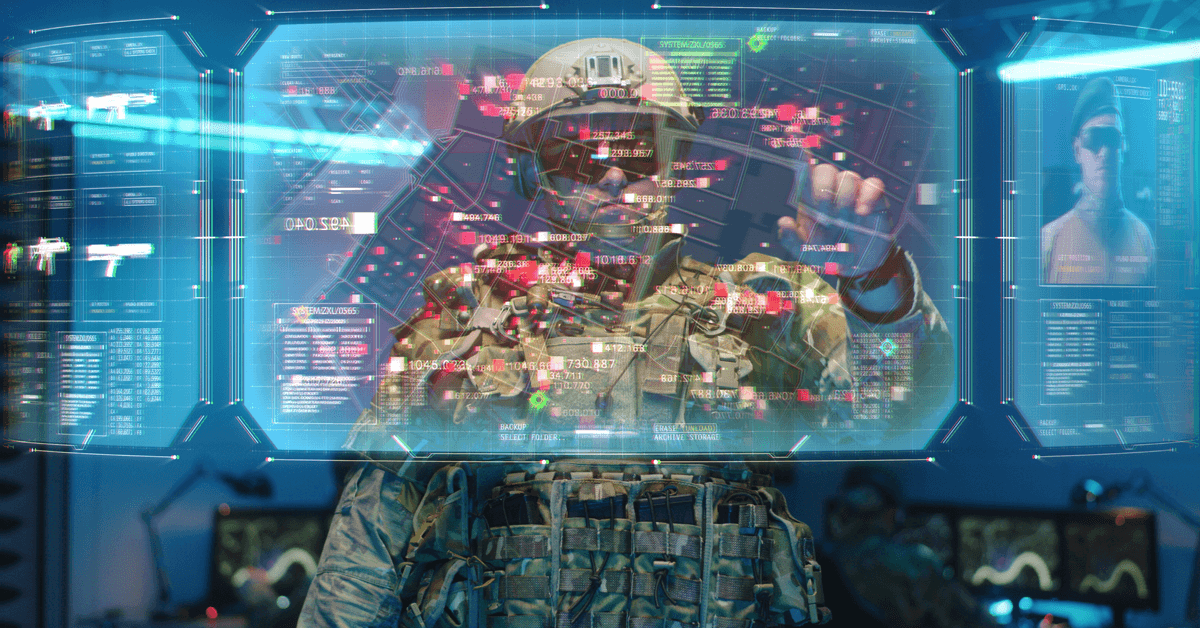Geopolitical tensions and developments are shaping the defense technology landscape, and the Pentagon is adapting its priorities to meet emerging and increasingly urgent warfighter needs. As adversarial activity rises, United States defense officials are focusing on these five areas, among others, to advance the country’s technological capabilities on the global stage.


Learn more about upcoming defense initiatives, tech innovations and cutting-edge warfighter capabilities at the Potomac Officers Club’s 10th Annual Defense R&D Summit on Jan. 31. The Pentagon’s Heidi Shyu, SCO’s Jay Dryer, DIU’s Aditi Kumar and other tech leaders are slated to speak at this can’t-miss GovCon summit of the year. Register here to save your spot.
Hypersonic Technologies
One of the Pentagon’s 14 critical technologies, hypersonic weapons have become essential to the country’s ability to deter adversaries. Congress recently mandated that the Missile Defense Agency’s Glide Phase Interceptor program must reach initial operational capability by 2029 — one year earlier than original IOC estimates of 2030.
Additionally, the Center for Strategic and International Studies recently released a study underscoring the importance of advanced sensor architectures in thwarting missile threats and augmenting the country’s hypersonic missile defense capabilities, especially in light of intensifying competition with countries like China and Russia. The author of the study urged that the U.S. needs “persistent” coverage of the Indo-Pacific theater to monitor the development of China’s missile capabilities.
Artificial Intelligence
AI advancements took center stage in 2023, showing great promise for tech breakthroughs in a myriad of industries, including defense. In August, the Department of Defense launched its Replicator initiative, which aims to field multiple thousands of attritable AI-powered autonomous systems within the next two years.
According to Deputy Secretary of Defense Kathleen Hicks, a Wash100 Award winner, the Defense Innovation Unit expects to start posting solicitations related to Replicator in January 2024.
Keep up with the latest AI developments; join the Potomac Officers Club’s 5th Annual AI Summit on March 21 to learn more. Register here.
International Partnerships
The U.S. is collaborating with its allies and international partners around the world to thwart potential threats from adversaries. The $883.7 billion 2024 National Defense Authorization Act would authorize the AUKUS agreement between Australia, the United Kingdom and the U.S. and establish a new nuclear mission for Virginia-class submarines.
And now, AUKUS leaders are considering allowing the contributions of other countries in Pillar 2 efforts, which explores the integration of emerging technologies on the battlefield.
Rapid Prototyping & Experimentation
The Defense Innovation Unit is partnering more closely with top DOD leaders as the ability to rapidly prototype, test and field capabilities becomes more critical to U.S. defense, according to DIU Director Doug Beck.
Additionally, Pentagon Chief Technology Officer Heidi Shyu, a keynote at POC’s 10th Annual Defense R&D Summit and a Wash100 Award winner, said the Rapid Defense Experimentation Reserve initiative, or RDER, will be transitioning its first projects to production in fiscal year 2024. Shyu said long-range fire needs in the Indo-Pacific may be addressed in the first round of capabilities.
Quantum
The Defense Advanced Research Projects Agency’s Optimization with Noisy Intermediate-Scale Quantum program has achieved a breakthrough that may facilitate full-scale quantum computing capabilities years earlier than previously anticipated. In collaboration with the University of Harvard, DARPA has created the first-ever quantum circuit with logical quantum bits.







